15 Survival Adventure Films That Still Grip Audiences
Watching a survival adventure film can feel like stepping into a world full of challenges and surprises. These stories highlight the strength people find when they have nowhere else to turn. The mix of danger and courage creates a viewing experience that stays engaging all the way through. As you move through these selections, you might come across a film that leaves a strong impression. Take a moment to explore and see which journey catches your attention.
This post may contain affiliate links, which helps keep this content free. Please read our disclosure for more info.
The Revenant
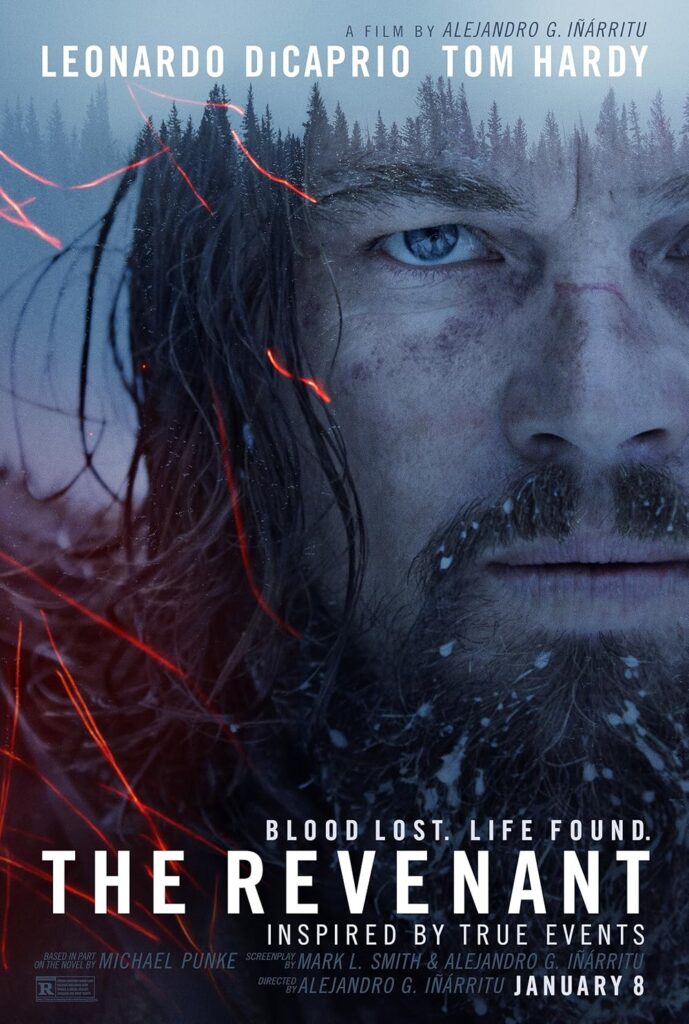
The year 2015 brought The Revenant, a harsh frontier survival story led by Leonardo DiCaprio. Set in frozen wilderness, it follows trapper Hugh Glass after he is attacked by a bear and left behind by his group. The film shows him crawling, limping, and pushing through snow and ice with very little gear. Viewers feel every cold breath and every painful step. Strong use of natural light and long takes helps the story feel close and immediate.
What keeps this film gripping for audiences is the way it combines raw physical struggle with quiet moments of memory and loss. Glass holds on to thoughts of his family, which give him a reason to keep moving. The danger comes not only from the wild but from the men who betrayed him. A mix of careful pacing, tense encounters, and striking visuals keeps viewers locked in. Many people return to it when they want a survival adventure that feels intense and emotional.
127 Hours

In 2010, audiences watched 127 Hours tell the true story of climber Aron Ralston, played by James Franco. While hiking in Utah, he becomes trapped when a boulder pins his arm in a narrow canyon. The film spends most of its time in that tight space, yet it never feels dull. Flashbacks and hallucinations show his memories and regrets as he weighs his choices. Bright desert colors and tight camera work make the canyon feel both beautiful and unforgiving.
This film stands out because it builds strong tension inside a single small setting. Viewers see how Aron rations water, tries different tools, and keeps track of time. The story does not rush his decision, which makes the final act even more intense. Many people know the outcome before they watch, yet they still feel nervous at each step. That mix of realism, emotion, and determination helps the film hold its place among survival adventure stories that still grip audiences.
The Grey
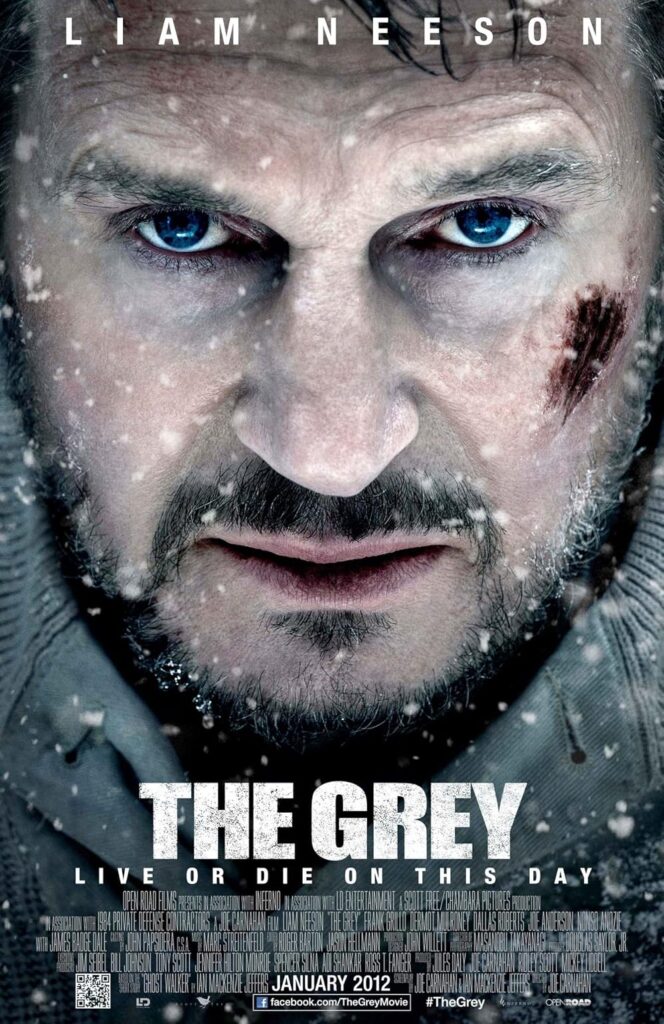
Another modern survival tale arrived in 2011 with The Grey, starring Liam Neeson as an oil worker stranded after a plane crash in Alaska. He and a small group of survivors face brutal cold with few supplies. A pack of wolves begins to stalk them as they try to move toward safety. The film balances action scenes with quiet talks around the fire. Snow, wind, and darkness all add to the feeling that help is far away.
The Grey keeps viewers on edge through its mix of harsh weather, dangerous animals, and private fears. Each character responds to the crisis in a different way, which gives the story layers. Simple tools like makeshift weapons and torches show how hard it is to stay alive. The film does not offer easy answers, leaving some moments open to personal interpretation. That sense of tension and uncertainty is a big reason audiences still find it gripping.
Cast Away
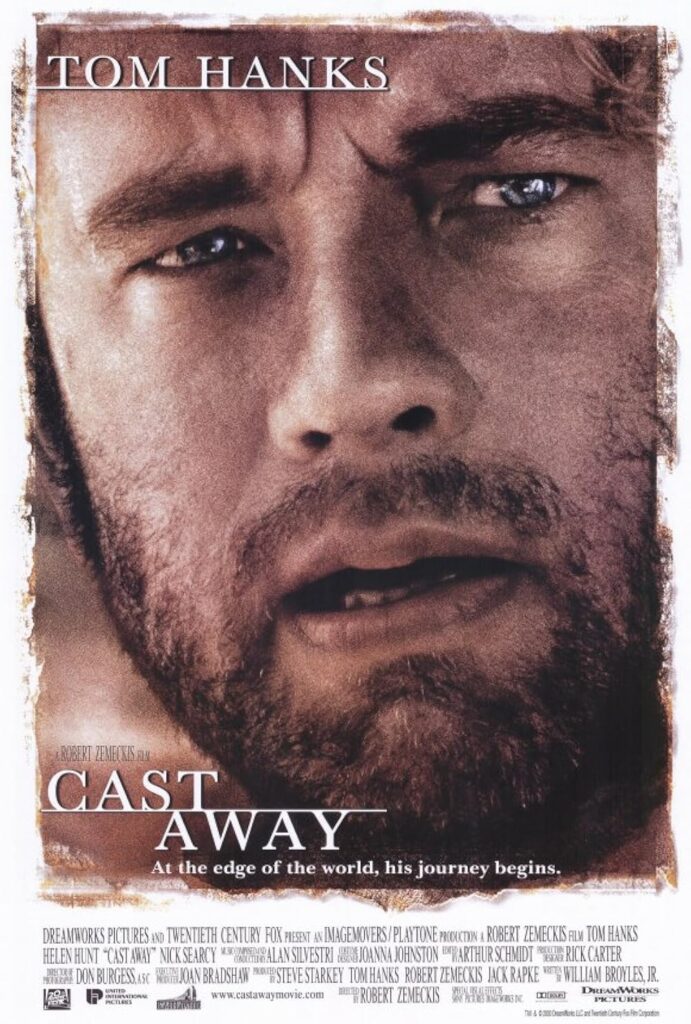
Back in 2000, Cast Away gave Tom Hanks one of his most demanding roles as a FedEx engineer trapped on a remote island. After a storm brings down his plane, he washes ashore with only a few packages. The story follows him as he learns to make fire, catch fish, and build shelter with almost no tools. Time is marked by changes in his appearance and the slow wear of the island environment. His friendship with a volleyball named Wilson has become one of the most famous parts of the film.
A big reason this film still feels gripping is its focus on small details of daily survival. Viewers watch him figure out how to open coconuts, move heavy logs, and use simple objects in new ways. The loneliness is as dangerous as hunger or injury, and the film shows that clearly. When he finally attempts to leave the island on a homemade raft, every wave seems like a real threat. That long journey from panic to adaptation keeps the story strong for new and repeat audiences.
Touching the Void
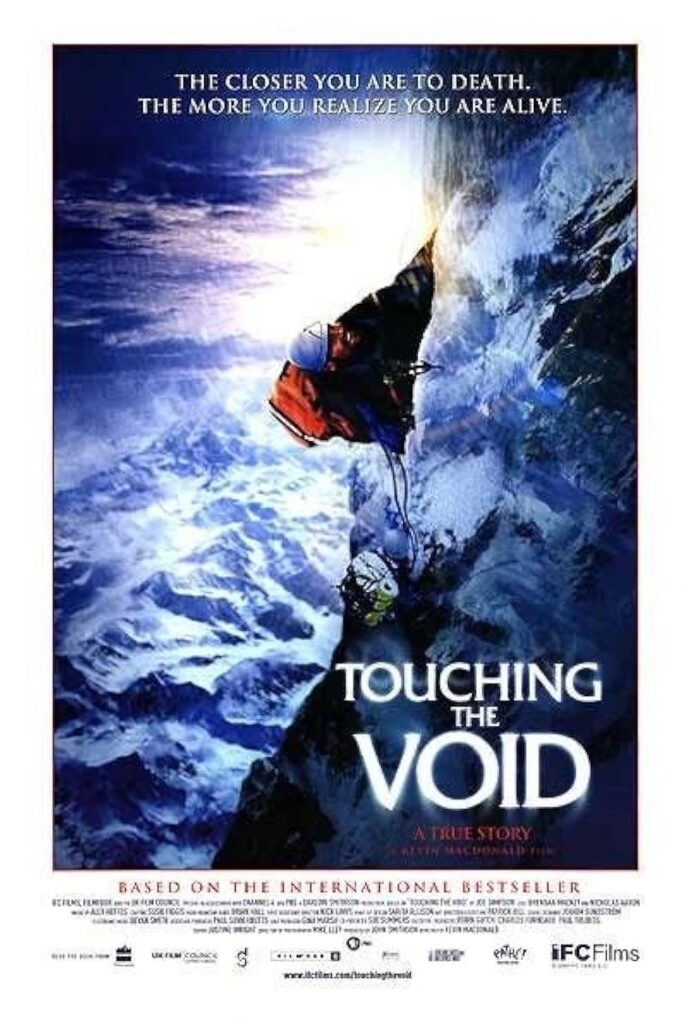
Touching the Void from 2003 blends documentary and reenactment to tell the story of climbers Joe Simpson and Simon Yates in the Peruvian Andes. During their descent from a difficult peak, an accident leaves Joe badly injured. Simon tries to lower him by rope down a steep face. As weather worsens, a series of split second choices leads to a shocking outcome. Interviews with the real climbers frame the events and provide personal insight.
Viewers stay locked in because the film cuts between present day reflections and icy mountain scenes. The reenacted sequences feel immediate, showing falls, storms, and the painful crawl across glaciers. Joe’s long journey back to camp with severe injuries is hard to forget. The climbers’ voices add honesty that scripted dialogue could not match. As a survival adventure, it continues to stand out for its realism and emotional depth.
The Martian

The Martian from 2015 takes the survival formula into space with Matt Damon as stranded astronaut Mark Watney. After a storm hits a Mars mission, his crew believes he has died and leaves the planet. He wakes up alone with damaged equipment and limited supplies. The film follows his efforts to grow food, repair devices, and send a signal for help. Mars itself becomes a kind of desert, with dust storms and rocks in every direction.
What makes this story engaging is the way it balances danger with humor and problem solving. Watney records video logs that let viewers hear his thoughts and jokes, which keeps the mood from becoming too heavy. Scientific details about air, water, and plants add a sense of realism. Scenes on Earth show how the space agency works to bring him home, giving the film a wider view. As a result, audiences still enjoy this survival adventure for both its tension and its hopeful spirit.
Gravity
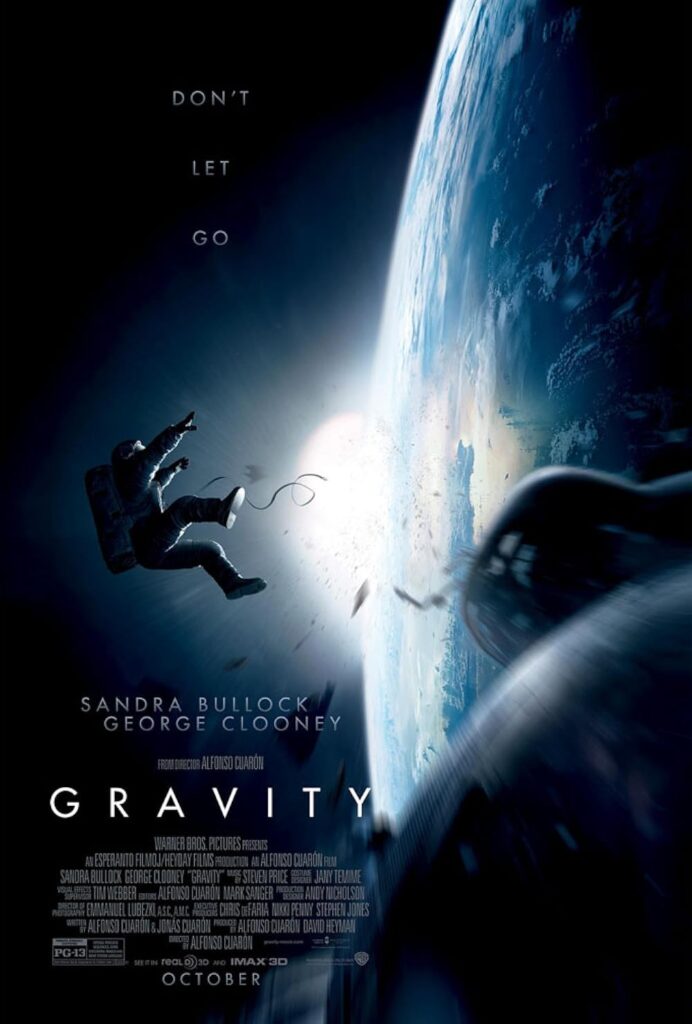
Released in 2013, Gravity follows Sandra Bullock as an astronaut fighting to stay alive after a disaster in orbit. A cloud of debris destroys her shuttle and leaves her drifting with limited oxygen. Most of the film takes place in space suits, with Earth spinning silently below. Long shots and quick spins make viewers feel the loss of control. The sound design uses silence and muffled noise in a way that heightens every movement.
The suspense in Gravity comes from its constant sense of motion and the very thin line between survival and loss. Each attempt to reach a new station or grab a handle feels risky. The film shows how small mistakes can have large consequences in space. Short flashbacks hint at the main character’s past, giving more weight to her fight to live. Together, these elements keep audiences glued to the screen during this intense adventure.
Life of Pi
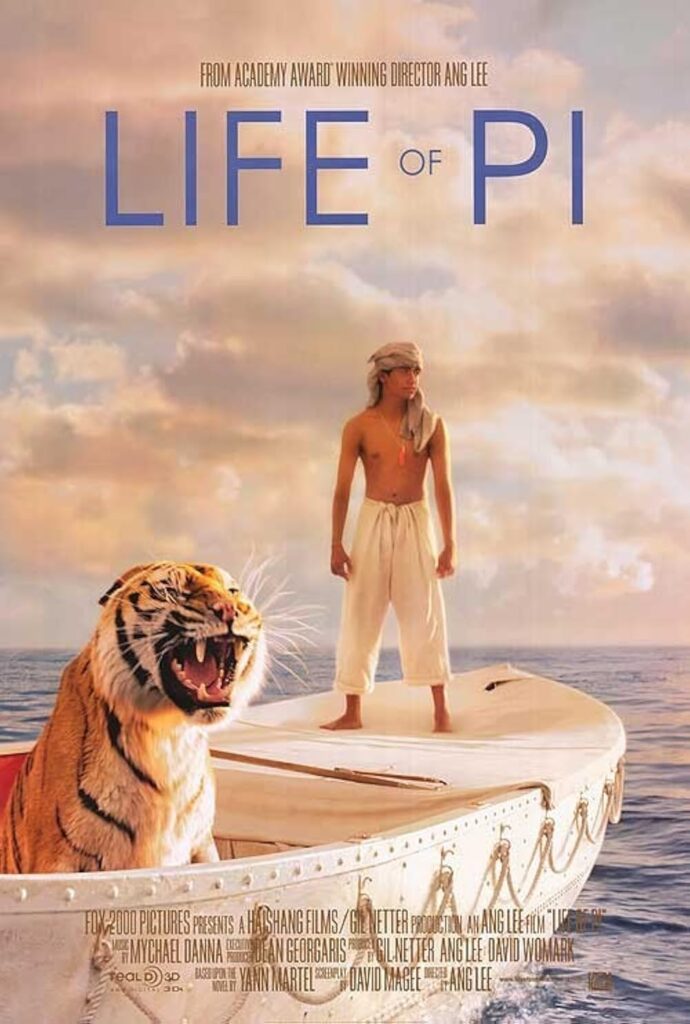
Life of Pi arrived in 2012, blending survival with spiritual questions as a young man shares a lifeboat with a Bengal tiger. After a shipwreck, Pi finds himself drifting across the Pacific Ocean with only a few supplies. The tiger, named Richard Parker, brings both fear and companionship. Stunning views of the sea, sky, and wildlife make the journey feel dreamlike at times. The story shifts between present day and the long voyage, building mystery around what really happened.
The film still grips viewers through its striking ocean journey and the uncertain bond between boy and tiger. Pi must learn how to keep both of them fed while avoiding becoming the tiger’s prey. Small details like fishing techniques, shelter on the boat, and training the animal keep the survival story grounded. At the same time, the film asks questions about belief, memory, and how people tell their stories. That mix of adventure and reflection helps it stand out among survival films.
Alive

In 1993, Alive brought the true story of a Uruguayan rugby team stranded in the Andes to movie audiences. Their plane crashes high in the mountains, leaving them with little food and harsh weather. As days turn to weeks, they face choices that many viewers find difficult to watch. Snow and ice close them in from all sides. Rescue seems less likely with each passing day.
The film remains powerful because it does not hide the emotional and moral weight of those choices. Viewers see how friendships, faith, and hope change under extreme pressure. Attempts to hike out of the mountains show just how vast and dangerous the range really is. The story focuses on human bonds as much as physical survival. That combination of challenge and connection keeps audiences deeply engaged.
The Edge
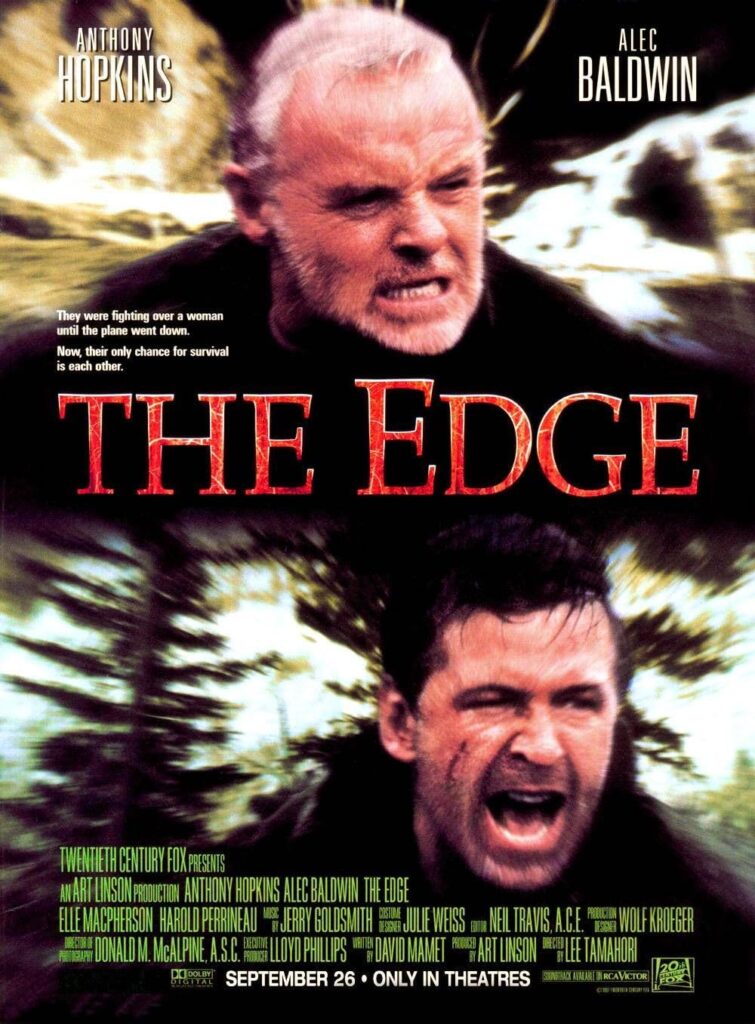
The Edge, released in 1997, pairs Anthony Hopkins and Alec Baldwin as two men stuck in the Alaskan wilderness after a plane crash. They have limited gear and must deal with a giant bear that stalks them. Tension grows from both the natural threats and their personal rivalry. Forests, rivers, and cliffs block every easy path. The film moves between calm planning scenes and sudden bursts of danger.
What keeps this story tense is the mix of a deadly predator and simmering conflict between the two men. They argue, share ideas, and question each other’s motives while trying to stay alive. Simple survival tasks like finding food, staying warm, and building a spear gain extra weight. The bear encounters are staged in a way that feels raw and scary. Many viewers still enjoy the film for its blend of character drama and outdoor peril.
The Impossible

The Impossible from 2012 focuses on a family separated by the 2004 Indian Ocean tsunami and fighting to reunite in the chaos. Naomi Watts and Ewan McGregor play parents on vacation in Thailand with their children. When the giant wave hits, the film shows the event through roaring water, debris, and confusion. Hospitals, shelters, and flooded streets become the backdrop for their search. The young actors also give strong performances, making the danger feel immediate.
The film stays gripping thanks to its realistic wave sequences and heavy emotional stakes. Viewers see injuries, crowded medical tents, and the struggle to find information. Small acts of kindness from strangers stand out amid the destruction. The story builds tension as family members move through different locations, always just out of reach. That mix of large scale disaster and intimate family moments keeps audiences strongly invested.
All Is Lost
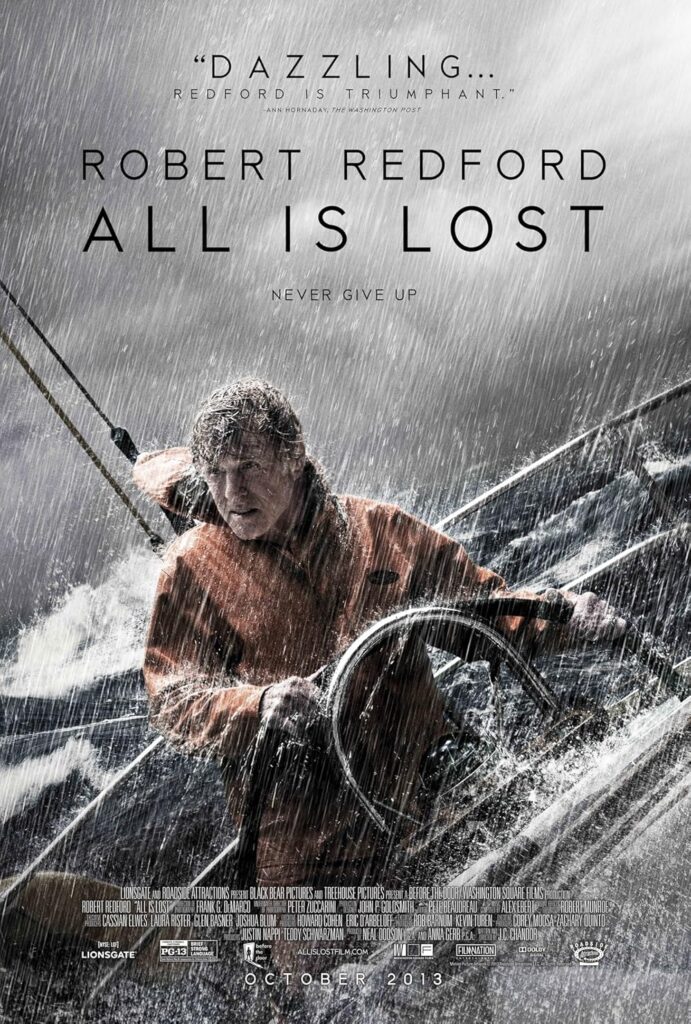
All Is Lost, released in 2013, places Robert Redford alone on a damaged sailboat in the Indian Ocean. A collision with a shipping container tears a hole in the hull. As he works to patch it, more problems arrive in the form of storms and failing equipment. The camera often stays close, showing ropes, tools, and worn hands at work. Ocean views remind viewers how far he is from help.
The lack of heavy dialogue makes this film unique, because viewers follow the story through action, sound, and expression. Every task, such as raising a sail or fixing a radio, becomes a small trial. Weather shifts add extra tension to his efforts to keep the boat afloat. Audiences watch his calm start to slip as the situation worsens. This quiet yet intense style helps the film stand apart among survival adventures that still grip viewers.
The Way Back

The Way Back from 2010 follows a group of prisoners who escape a Siberian camp and attempt an incredibly long trek to freedom. Their path takes them through frozen forests, deserts, and mountains. The group includes people from different countries and backgrounds. Hunger, injury, and mistrust threaten them almost as much as the guards they left behind. Wide shots show just how far they still have to go.
The film keeps interest high by showing how varied terrain, weather, and fatigue test each person in the group. Simple needs like water, shoes, and shelter become central concerns. New companions join while others fall behind, which changes the group dynamic. Historical details give context to their journey without slowing the pace. For many viewers, the idea of walking thousands of miles under such conditions makes this survival story especially gripping.
Arctic
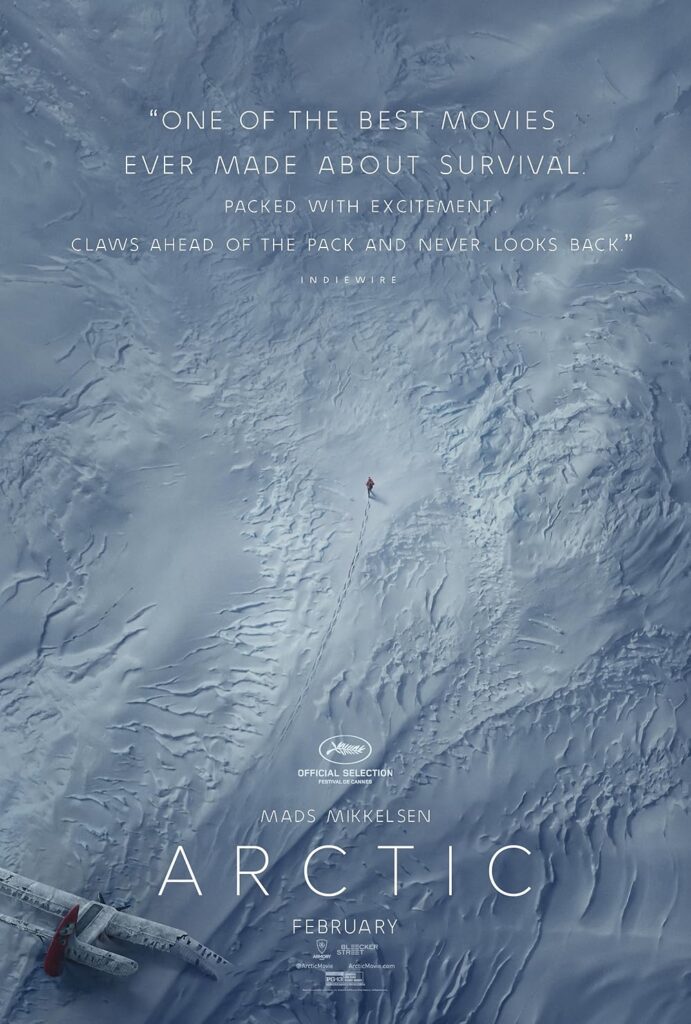
Arctic, released in 2018, centers on Mads Mikkelsen as a pilot stranded in the far north after a crash. He starts in the relative safety of his makeshift camp near the wreck. After a rescue attempt fails, he faces a choice between staying put or crossing open ice with an injured companion. Wind, snow, and hidden crevasses turn every mile into a challenge. The film uses quiet scenes and long silences to show both patience and fear.
This film stands out for its simple style, where every small decision about food, shelter, and direction matters. Viewers watch him haul a sled, set up tents, and try to scare off a polar bear. Very few spoken lines mean facial expressions and body language carry the story. The slow and careful pacing lets tension build with each new obstacle. Many fans of survival adventure films praise Arctic for its focus on realistic effort and endurance.
Apocalypto
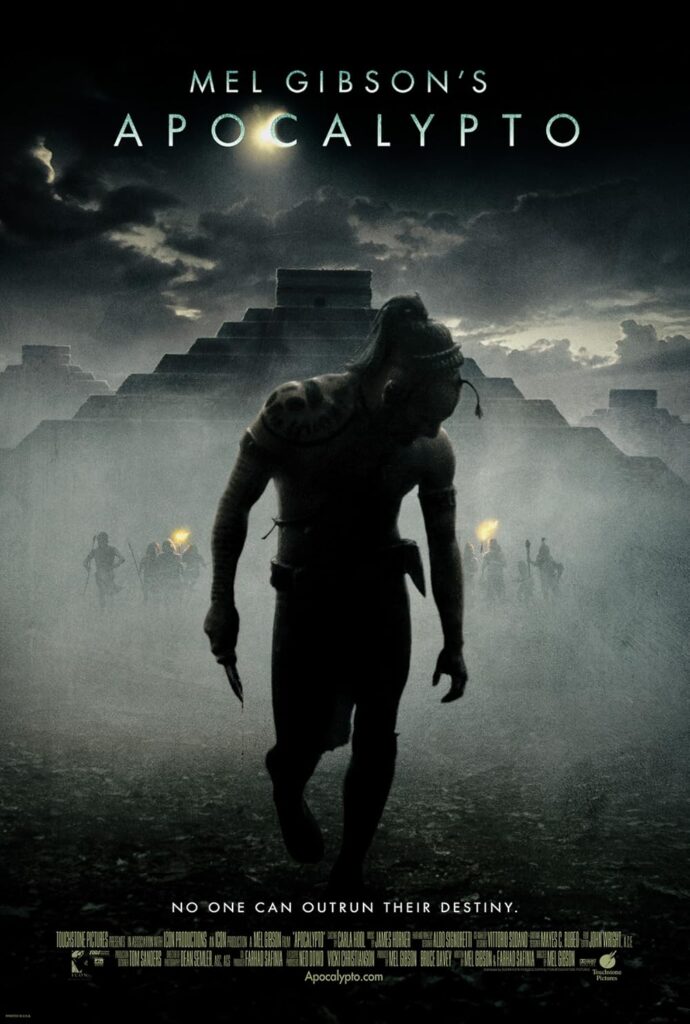
Apocalypto from 2006 turns survival into a fierce jungle chase as a hunter tries to escape captors from a declining Mesoamerican city. The film begins in a quiet village before violence tears it apart. Captives are marched through dense forest toward a ceremonial center. When the hero finds a chance to run, the tone shifts to pure pursuit. Natural settings like cliffs, rivers, and thick undergrowth shape every step of the escape.
The film grips viewers through its physical stunts, intense chases, and constant sense of danger. Natural sounds of rain, insects, and footsteps keep the world feeling vivid. The main character is driven by his wish to return to his family, which adds heart to the action. Traps, mud pits, and surprise attacks hold attention from scene to scene. For audiences who enjoy survival adventure stories that feel raw and physical, Apocalypto remains a strong choice.
This article originally appeared on Avocadu.
